Racing's welfare issues explained: from the whip to the future of the slow horse
Peter Thomas elicits some help in answering the key questions
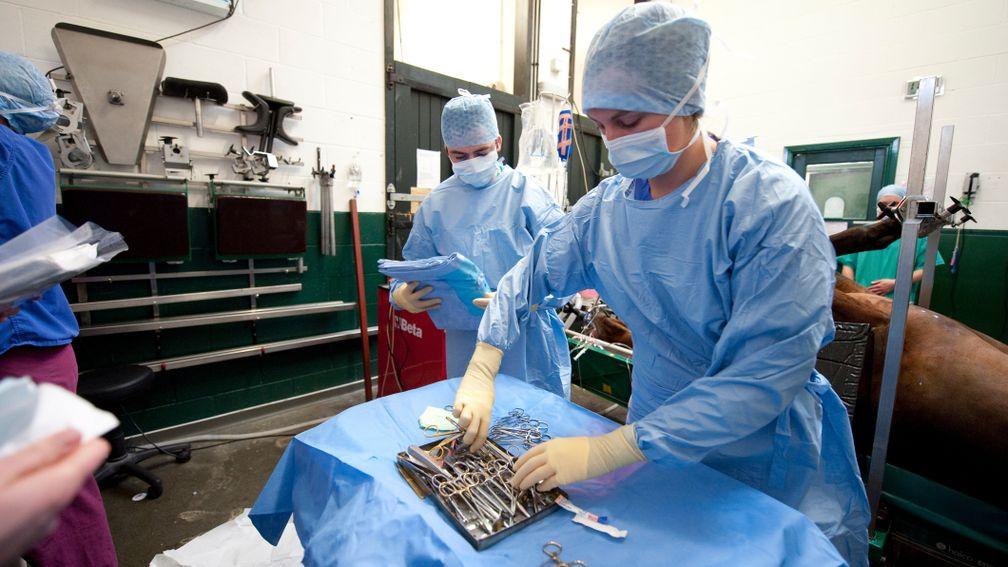
What happens when a horse is whipped. Does it hurt?
Horses are flight animals, meaning evolution has produced in them an instinct to run away from danger, threat or stress. Although the modern thoroughbred rarely faces a threat from predators, years of selective breeding have significantly heightened the flight response. This response, however, still has to be prompted, which is where the whip – its sound and contact – comes in.
Critics will tell you that even the modern, air-cushioned whip hurts and that it endangers horses by making them gallop at speed when tired. Supporters say that use of the whip is painless and in a racing environment energises the horse, making it less tired and less prone to injury.
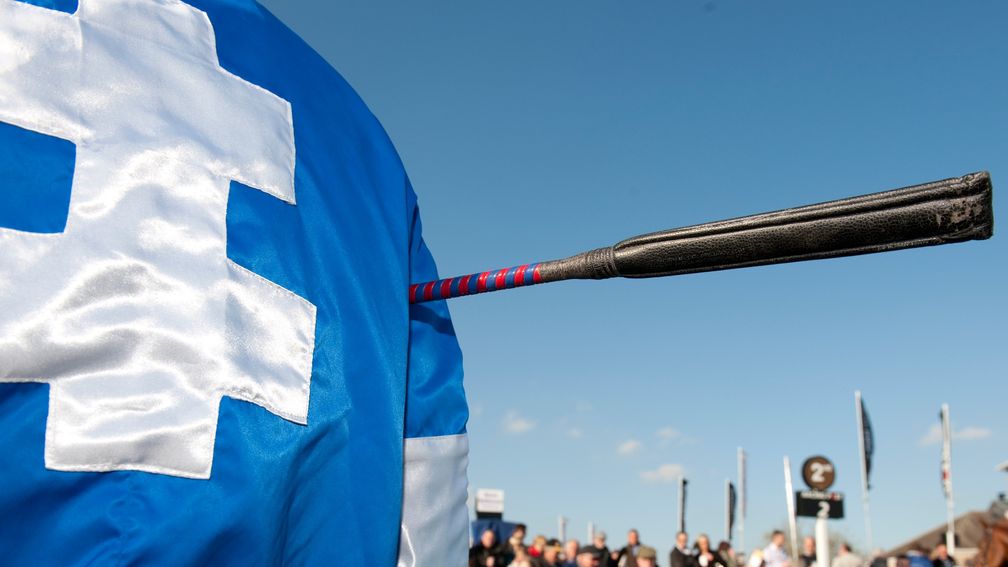
Tim Morris, former director of equine science and welfare at the BHA, said this in 2011: "The BHA looked very closely at the animal welfare science behind the effects of the whip on horses in the specific context (and this is important) of adrenaline-fuelled race conditions.
"What we found was that under such conditions, when a horse is in a state of high physiological and mental excitement, the use of an energy-absorbing whip does not cause pain if used within strict limits. In sports science this is often termed 'sportsman's analgesia', and it means that, while the whip stimulates a horse during a race, it won't cause pain or suffering if used properly."
What happens when a horse in training isn't racing or working? Doesn't keeping them in a stable all day drive them mad?
Jim Boyle, trainer and vet, says
"If anyone wants to come round our stables to try to find a horse who's going mad in its box they're welcome any day of the week. In fact most people coming for the first time are amazed at how relaxed and happy the horses are. These horses are used to being stabled, and we use various systems to make sure they're comfortable, have things to stimulate them and have the company of other horses, often with windows to horses in neighbouring stables.
"Some horses do like more time out of their box, and we have the provision to do that, but the vast majority are very happy to be stabled for the majority of the day, to the extent you'll find some horses who are turned out will be asking to come in after a short time in the paddock. The perception is often that horses should be kept outdoors all of the time, but many are equally happy in their stables, out of the weather (rain and cold in winter, heat and flies in the summer) with a hay net and three feeds a day.

"You also have to remember they're not racing 12 months of the year – most will be turned out on holiday for a decent break at some point, where they can be out most of the time if that's what they want. Apart from the colts, our horses are turned out 24/7 in a herd together for two to three months every year. Colts will be given as much individual turnout while on holiday as possible."
What happens when a horse breaks a blood vessel? Does it hurt?
James Given, trainer and vet, says
"We're led to believe a horse will rupture minor blood vessels every time it gallops, but the ones we see are the ones where a large volume of blood appears at the nostril owing to the rupture of a fairly significant vessel.
"One school of thought says it's owing to the firmness of the ground and the jarring through the limb back up into the lungs, which causes damage to the thin, flexible walls of the vessels that allow gas exchange. With the positive and negative pressures of air being sucked in and blown out there are pressures on the airways that can lead to tearing, and once horses have bled a couple of times they are more prone to bleeding in the future because the scarred areas are less flexible and the vessels are more likely to tear where the scarring meets the unaffected area.
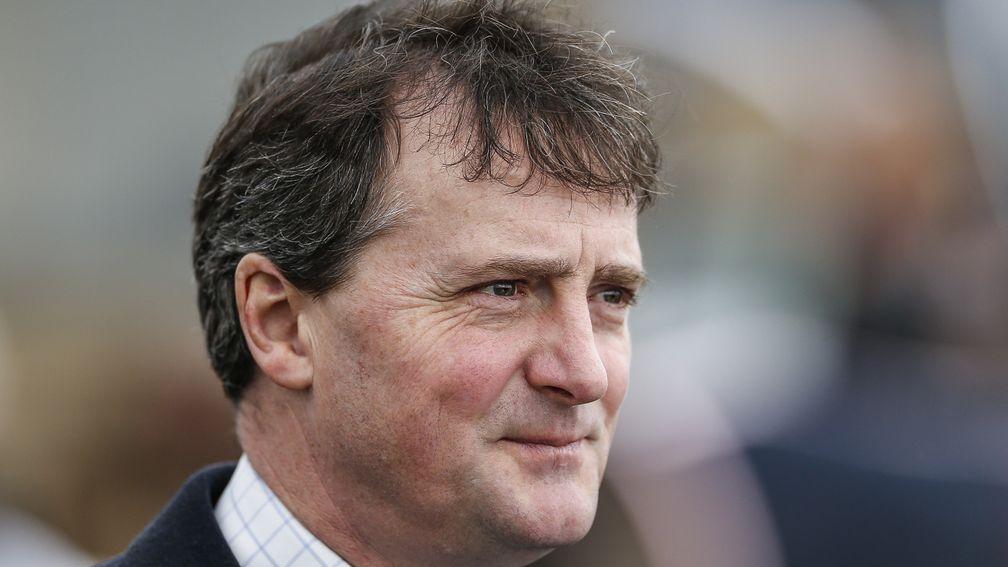
"Minor bleeds seem to cause little or no discomfort, but if it's a bad bleed that causes a horse to stop immediately, it must be a hugely frightening experience to suddenly find your lungs filling up with fluid in a manner a horse couldn't begin to understand. You do see horses who have bled becoming very fearful of extreme exercise because they've learned what's about to happen."
What happens when a horse is broken in?
Jim Boyle says
"I think the term 'breaking in' is an unfortunate one and is the source of some of the discomfort people feel about the process, but it really doesn't reflect the reality. I've heard people say it's about breaking a horse's spirit, but that couldn't be less accurate in our experience. We have a separate yard where my wife breaks in the youngsters, and for us it's about working with the horses, taking our time, doing everything gradually, and getting them slowly used to the handling, the bits of tack and what's to come.
"From an early age we're putting bits in their mouths to lead them in and out of the field, putting bits of tack on them, gradually introducing rollers [padded straps that fasten around the horse's girth] and other kit, so you're not throwing everything at them in one go.
"Some horses take to it quickly, in ten days or so [you could do it quicker, but we tend to take our time], whereas others take longer to understand what's being asked of them, and it can take several weeks, but we've never had one we haven't been able to get there with in the end. The aim is to get the tack on and have them ridden away in a calm, sensible manner, after which we tend to turn them away for a few weeks before coming into full training in our main yard.
"The bit is just a means of facilitating steering and speed control, and we'd never allow anything on our horses that we deemed to be cruel. Force is certainly not a part of the process, as you'd find out if you tried to get a half-ton horse to do something it didn't want to do. By the same token, you do need to ensure the horses have respect for you so they are not a danger to themselves, the riders or the people on the ground, and we achieve this by using horsemanship techniques based on natural behaviours seen in the wild in herds of horses."
What happens when a horse is no good at racing?
There are various avenues available for a horse who is deemed to not be competitive as a racehorse. Thoroughbreds are exceptionally adaptable animals and can be retrained for a great number of other disciplines. The sport has its own charity, Retraining of Racehorses, which is dedicated for this purpose and has more than 13,000 horses on its books involved in other disciplines such as polo, eventing, dressage and even horseball.
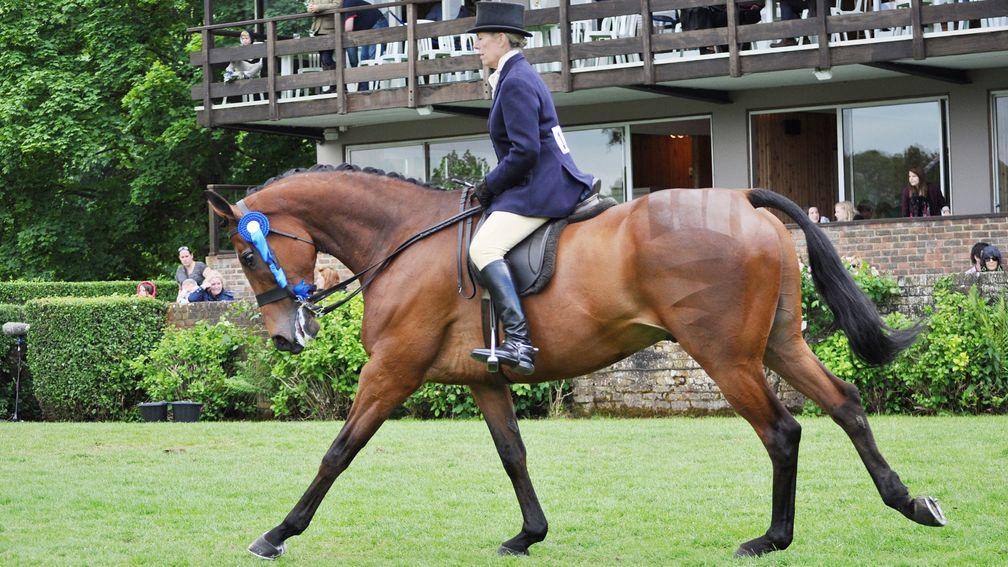
Many other ex-racehorses become companion animals or may be involved in the sport at an amateur level. In some cases, if owing to injury or behaviour concerns or for other reasons an acceptable outcome is not possible, euthanasia may be a humane outcome that avoids horses falling into neglect or going to an unsuitable home.
David Sykes, the BHA's director of equine health and welfare, is currently developing a welfare strategy that will enhance the care we provide to all horses who are born into horseracing, and will focus on care and traceability from birth all the way through to well after the end of their racing careers.
What happens to horses who are asked to train and then race before they're fully mature – two-year-olds being the equivalent of a child, three-year-olds a teenager? Is it cruel?
James Given says
"Is it cruel? Absolutely not. It would be more cruel to leave a young horse stood in a field until it was skeletally mature and then try to train it, because the mature skeleton adapts to the rigours and demands of racing far slower than a young skeleton.
"The key to correct training is training the skeleton, and by doing the appropriate amount of exercise and training that is enough but not too much, a young horse's skeleton will adapt quickly to what is required of it and the heart, lungs and muscles will follow.
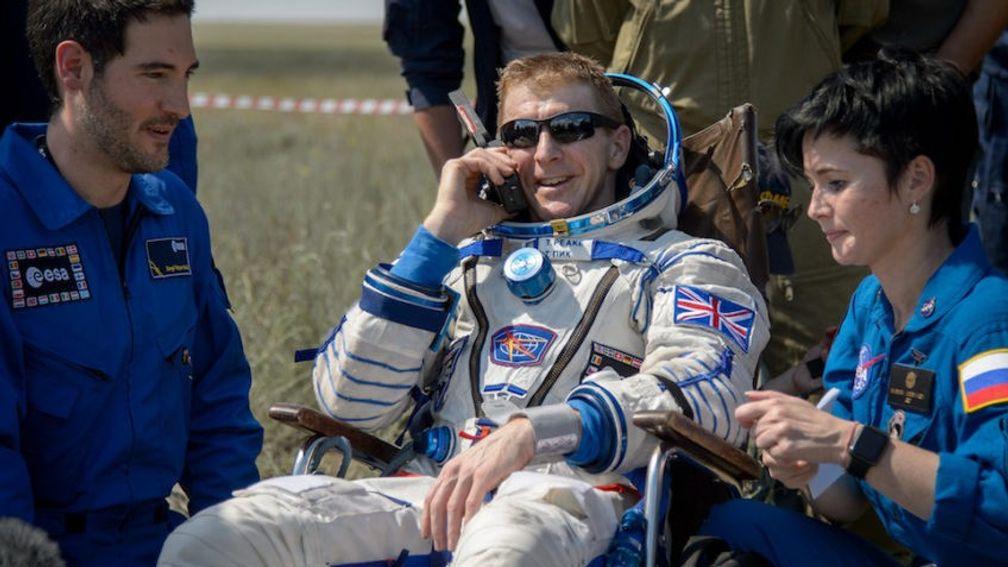
"If you remember the astronaut Tim Peake returning from space, they put him in a wheelchair because bone density in the long bones of a mature skeleton – the weight-bearing bones – disappears very quickly owing to the lack of demand put on those bones by gravity and body weight. In the same way, a young horse has to be conditioned from an early age to form good-quality, compact bone that can deal with racing and associated problems such as sore shins."
What happens to a horse who is neither sound enough nor, in other cases, sane enough to make a riding horse or serve any other useful purpose after it has finished its racing days? Would not the kindest thing be to put it down?
A psychologically unstable former racehorse who is a danger to the public and other animals will almost certainly be put down if owned by a responsible person, but a healthy horse who has simply come to the end of its racing career and is unsuitable to be retrained for other equestrian pursuits is a different matter.
A horse who can't be ridden owing to age or infirmity can still be rehomed as a companion horse or simply kept by somebody who enjoys having horses around – which might be deemed a 'useful purpose' in itself.
What has happened to horses that means so many of them have wind operations these days? Are we breeding horses who cannot breathe properly without surgery? Are we allowing horses with wind infirmities to pass them on to future generations?
James Given says
"There are different functional problems that are addressed by different operations, all covered by the umbrella term of 'wind ops'. My concern is that you often hear of a horse being reported to have made a noise on its first run of the year and being routinely packed off for a wind op, when the noise may be less of a reflection on the functioning of the horse's airways and more the fact that it wasn't quite fit.
"There are many reasons why many more wind surgeries are done these days, but basically we now have so many scientific ways of identifying and observing under exercise conditions all these ballooning tissues and epiglottic folds, and the further we've been able to look into and through a horse, the more we've found reason to chop, burn and cut, usually to the benefit of the horse, but not always.
"I feel there may be an element of bandwagon-jumping in operating on horses who may just need to be a little bit fitter. Whether this has long-term implications for the breed, it's too early to say, but common sense says this is a likely outcome of allowing horses with wind problems to enter the gene pool, so maybe in the long term the breed will benefit from the reporting of wind operations."
We know the BHA makes great efforts in rehoming and retraining, but what happens to the enormous numbers of thoroughbred foals who are deemed unfit for racing every year, or those who never make it to the track after going into training?
These horses can and do find acceptable homes and happy outcomes, similar to retired or retrained horses. However, tracing what happens to horses before they are registered for racing has long been a challenge for racing bodies worldwide, as prior to registration they do not fall under the sport's jurisdiction.
For this reason we have not always been able to say with confidence in the past what happens to all those animals who are bred for the sport but don’t make it to the track.
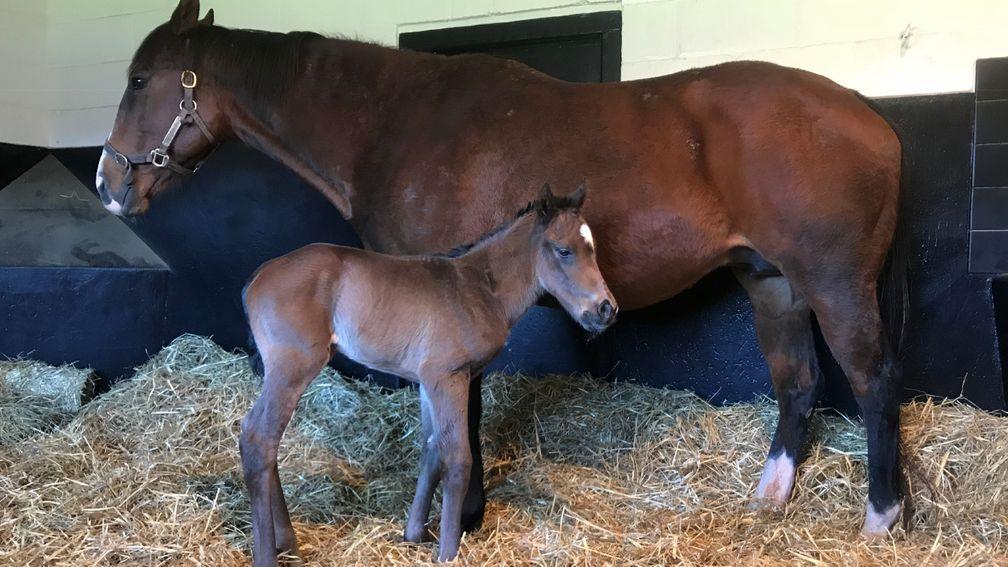
It is for this reason that the BHA recently introduced 30-day foal notification within Britain, in order that we have access to the whereabouts of horses practically from birth, and we can trace the animals who are being bred for racing.
This will allow us to better measure and understand the process and act if the evidence shows that there are areas of concern as to what is happening to a portion of the population of horses who are bred for racing but deemed not fit for a life on the track.
What happens if a horse is abused by humans in breach of the law? Do horses have any legal rights?
A quarter horse named Justice (real name Shadow) is testing this theory by suing her former owner for neglect in a potentially groundbreaking case in Oregon, USA.
A Portland charity called the Animal Legal Defense Fund (ALDF) has helped Justice bring the suit, claiming $100,000 for future medical care from the woman whose winter-long neglect left her traumatised, emaciated, rain-scalded, lice-infested and with frostbite to her genitals.
An attorney for the ALDF argues that victory "would mean judicial recognition of a fact we all already know to be true: that sentient non-human animals like horses are not mere 'property' like your car or television, but rather individuals capable of experiencing pain and happiness", adding that it "would indeed serve as a deterrent to abuse and neglect [and has the] potential to reframe animals' place in our minds [and] likewise lead to their better treatment".
Members can read the latest exclusive interviews, news analysis and comment available from 6pm daily on racingpost.com
Published on inBritain
Last updated
- From top hurdler Bula to a Grand National winner: the star horses who have been successful at Windsor over jumps
- Chianti Classico's racing career in doubt after suffering tendon injury at Cheltenham
- 'He babysits the yearlings and is made for it' - Cheltenham king Coole Cody still bossing the field in retirement
- Olive Nicholls to replace injured Freddie Gingell on leading December Gold Cup contender Il Ridoto
- Leading trainers Nicky Henderson and Dan Skelton among those to declare runners for Windsor's jumps comeback
- From top hurdler Bula to a Grand National winner: the star horses who have been successful at Windsor over jumps
- Chianti Classico's racing career in doubt after suffering tendon injury at Cheltenham
- 'He babysits the yearlings and is made for it' - Cheltenham king Coole Cody still bossing the field in retirement
- Olive Nicholls to replace injured Freddie Gingell on leading December Gold Cup contender Il Ridoto
- Leading trainers Nicky Henderson and Dan Skelton among those to declare runners for Windsor's jumps comeback